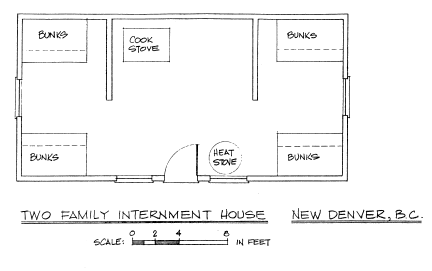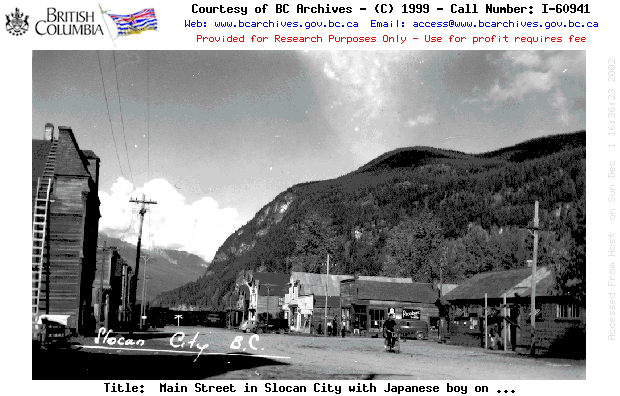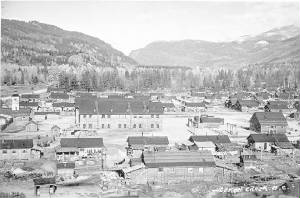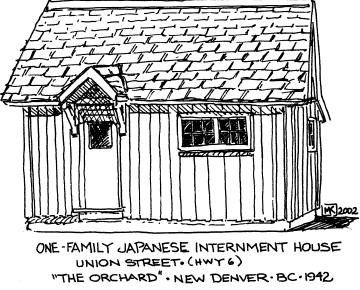It was disappointing to
watch my Japanese neighbours leave. They were such nice people who used to keep talking about how happy they are to live in
Canada. My son loved playing with their son, Calvin Chung. On the day they were leaving, I saw a tear on little Brandon’s
eye after he found out that Calvin was leaving. The Chung family was leaving to an internment camp called Lemon Creek Internment
in Kelowna, BC.
Notices were posted all
around British Columbia. Notices were posted all around British Columbia banning Japanese from leaving their internment camps.
What’s even worse is that I got appointed to keep an eye on the Japanese internment camps. I had no choice since I worked
for Canada’s Military. I could either accept my duty, or decline it and get fired.
The Japanese Internment
conflict started after the Pearl Harbour attacks (December 7th, 1941). After this event, the Canadians blamed the
Japanese for everything that went wrong. Canadian Families were worried about their future living with Japanese Canadians.
There were protests held by the Canadians to do something about the Japanese Canadians. The Japanese Canadians had no say
in this case at all because people didn’t care about them after Pearl Harbour. Unfortunately, the government decided
to send them to internment camps throughout B.C. and some throughout Ontario.
Starting from January
5, 1942, the Japanese had to start packing and moving within the time period of 9 months. Trains would transport them to their
assigned internment camps. The rules clearly stated that if a Japanese were spotted outside the Internment Camp, he would
get prosecuted and/or fined and/or jailed. The treatment towards Japanese people was harsh. The men had to go to labour Internment
camps while the women and children had to go to different internment camps with education. Families were split up.
I was assigned to Stonebridge
Internment Camp, North of Slocan City, BC. My duty was to keep guard of the internment camps so that no one escapes, and to
keep an eye out for any suspicious activity. There was no suspicious activity taking place at all. All I saw was upset Japanese
people living life normally in harsh and poor conditions. Often, I would confront a Japanese person telling them that this
will all end one day. However, I would end up telling them the next day that their property got sold.
The war caused a shortage
of farmers. So, the government Japanese Canadian men to chose between two jobs; working on roads or working on farms. The
advantage of working on farms was that you could live with your family. This option was more likely picked by married men.
However, they still faced a lot
of challenges. Japanese Canadians were being punished
for a crime they didn't commit. Canada's only defence for it's actions was that Japanese people were not white and they "could"
be Japanese spies. Innocent Japanese Canadians were stripped of their rights, issued special clothing, humiliated, thrown
behind barb wire fences, and were forced to do manual labour. I am being nice to them because I understand the problems they
face, unlike the other white people. They deserve the right to be treated equally, just like any other Canadian.





